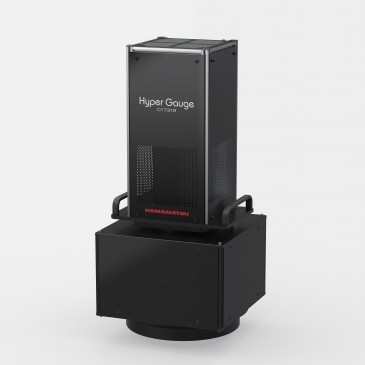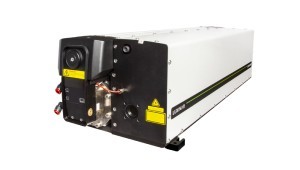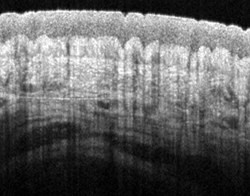
Improving lives through OCT has long been a goal of Thomas Klein, COE of Optores GmbH, a pioneer in ultrafast swept lasers and optical coherence tomography (OCT). This was a fascinating area of research for Thomas, because OCT was broad enough to explore both the basics of the laser and interferometry and also how to integrate and synchronize the free-space and fiber optics, signal processing, electronics, and software to create a workable application that had the potential to significantly improve people’s lives. Jose Pozo, EPIC’s CTO, talked to Thomas Klein, to learn more about the development of Optores and where he sees the technology heading.
Early career
With a love of math and physics from an early age, in 2005, Thomas went to the University of Karlsruhe (TH, now KIT) and Ludwig Maximilians University of Munich to study a degree and MSc in Physics. His main interest was in optics, particularly lasers and optical coherence tomography (OCT) and in 2009, he began a PhD in Physics.
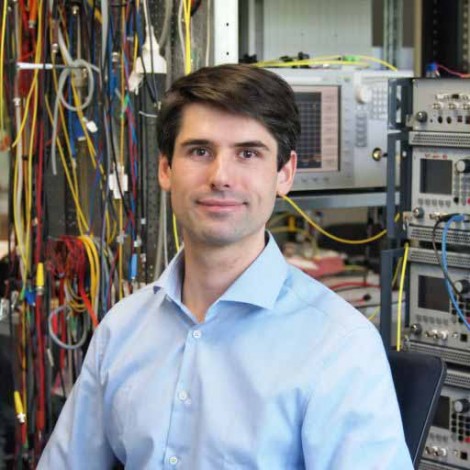
His research focused on the development of FDML lasers (Fourier-domain mode-locked lasers) and high-speed OCT, which had been pioneered by Prof. Robert Huber, particularly in the 1060 nm wavelength for use in OCT for ophthalmology and other medical applications.
Optores
Toward the end of his PhD, as a result of the positive feedback they had received from presenting their technology at various conferences, Thomas and his fellow researchers began to give serious thought to setting up a company to commercialize the technology. They knew that in terms of speed, there was nothing comparable in the market, and with the interest shown in their FDML technology by other researchers, they were confident that a company would be commercially viable.
In regard to seed funding, they would be able to tap into various German regional and federal government investment programs for high-tech university spin-offs, which would enable them to stay on the university payroll for two years while they developed the technology into sellable products.
Accordingly, in 2013, Optores GmbH was established as a spin-off from the BioMolecular Optics Unit of the Ludwig Maximilian University, with Wolfgang Wieser and Thomas as CEOs. The company’s mission would be to develop ultrafast FDML swept lasers and optical coherence for novel medical and industrial OCT applications.
Company development
They started by selling lasers to researchers from poster presentations at conferences and their first customer was a researcher from the University of Houston, who wanted a 1310 nm laser for differentiating tissue, for example, for cancer detection. They began to sell more lasers, mainly by word of mouth, and then from contacts obtained from trade shows such as Photonics West and the Laser World of Photonics in Munich.
In 2015, they relocated from the University to a small, low-cost, single-room facility in Munich, where they expanded their range of lasers to include 1060 nm and 1550 nm for telecom applications. Additionally, thanks to the support and expertise from Wolfgang Draxinger, an expert in 3D rendering and other talented employees, they were able to successfully integrate the programming, electronics, and software to build their own OCT systems.
Current technology
Today, Optores has a workforce of 4 and offers the following products:
FDML Lasers, the world’s first swept laser source with a sweep rate of up to 3 MHz for research applications. Available at 1060 nm, 1310 nm and 1550 nm wavelengths with 3 MHz imaging speed option, ideal for optical coherence tomography (OCT) in medicine, biology and industrial inspection.
GPU OCT Processing library, an ultra-fast and highly reliable processing library for optical coherence tomography (OCT) data.
OMES 4D MHz-OCT System, a complete OCT imaging solution that combines the company’s ground-breaking FDML laser and GPU processing technology to produce a turnkey research OCT system at speeds beyond of up to 3 MHz and continuous "4D" video-rate OCT to visualize 3D sample structure in real time.
Synchronization electronics, a range of custom synchronization and pulse generator elements.
Applications: In addition to OCT applications in medicine, biology, and industrial inspection, Optores’ lasers are used as ultra-fast interrogation techniques for Fiber Bragg Grating sensors and also in some lidar-type applications, where the swept laser is used to replace mechanical scanning provided, for example, by galvo scanners.
Even within the same field, different OCT applications, like eye imaging and endoscopy for the medical sector, require different applicators such as handheld or stationary scan heads as well as different mechanisms to drive the beam scanner. For this reason, Optores build in as many synchronization mechanisms as possible right from the beginning to ensure their systems are easily adaptable to different applications.
Future challenges
In the next five years, Thomas aims to move Optores away from a sole focus on research into the Original Equipment Manufacturer (OEM) market and to persuade companies to integrate Optores' products into their medical or industrial systems. In this regard, he sees three main challenges.
The first, is a marketing problem as many people in industry still don't know about the value of OCT, also due to the fact that OCT is often marketed in the industrial inspection sector as white light sensing.
The second challenge is the need to reduce the cost and size of their systems. Currently, their OCT system is the size of two shoe boxes, which is appropriate for some applications, but too big for others. A minor problem in reducing size is that the system becomes less flexible, and consequently, some applications need a tailor-made system.
The third and most problematic area is the slow approval process for medical devices, which for Thomas, is a real source of frustration. As he points out, the feedback from most doctors who know about Optores’ 4D OCT systems has been very positive. They recognize the benefits of the technology, for example, for cancer detection and the enhanced diagnostics it provides, for example, for diseases of the retina. But the only way for small companies like Optores to get their technology into hospitals is by persuading the large medical device companies to incorporate Optores technology in their products.
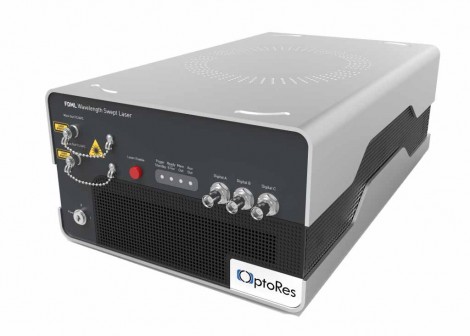
This requires fixing an appointment to demonstrate what the technology can do. Some companies are just not interested and as Thomas explains: “It's like a lottery whether a project moves on or not. Even when we succeed in arranging a presentation, usually, nothing really fundamental happens and it can take many months to years to get a final response. Unfortunately, we have no choice because it’s become literally impossible for a small company without venture capital to handle all the regulations, as it requires three or more full-time staff who deal exclusively with the quality management and all the related documentation”.
As Thomas points out, what’s needed are large scale clinical studies to prove the value of the technology. But this is a chicken and egg situation as to run such studies requires medically approved systems which are somehow blocked by regulatory procedures.
If you started again, what would you do differently?
“Looking back, I think it’s always better to start a company earlier in life when you don’t have a family and you can spend more time on the company. I started in my 30s, after doing military service and spending a long time studying physics. If I started again, I’d try to set up the company in my 20s”.
“Sometimes, I think it might have been more profitable to go into another field, like IT. But then again, you always need to take risks. The big advantage of working in photonics is that our technology is helping to save lives and we are paving the way for next generation applications that will improve the quality of life in many areas of society”.
What are your words of wisdom for the next generation of entrepreneurs?
“First, if you have a good idea, just go ahead, and start your company. Right now, there are plenty of opportunities for funding from the government and other organizations and also from venture capitalists”.
“Second, it’s important to think about your long-term goals, especially if you have co-founders. Do you want to grow the company quickly and then look for an exit, or do you want to have your own small company and lead it for the rest of your life? There is also the issue of how fast you want to grow and whether you want to apply for venture capital or other types of external funding. We decided not to go down this road, but it has slowed us down quite a lot; with more funding, maybe we could have moved faster. These are important questions because your co-founders may have different ideas and it’s important to be on the same page to avoid future conflict”.
“Third, if you don’t have a business guy in your team it might be a good idea to do an MBA or read books on business. Although the business side is fairly easy to learn, an MBA provides all the information you need in a structured way and forces you to learn in a short time frame. If you ask marketing experts for advice, you’ll get 10 different opinions; doing an MBA will give you a broad overview, help put everything in order and enable you to make better business decisions. But I also know many successful founders who simply learnt by doing. And if you have enough funding, you are always able to hire or contract experts to help cover the areas that are not your strong suit. So ultimately, it comes back down to how you and your co-founders want to run the company”.
Written by Jose Pozo, Chief Technology Officer at EPIC (European Photonics Industry Consortium).






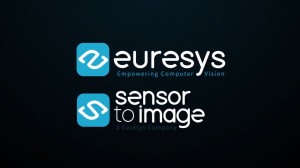


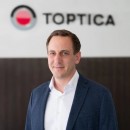
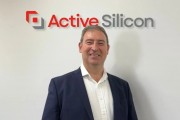
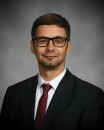

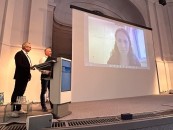

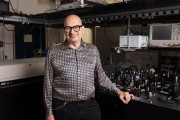



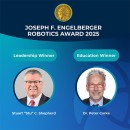
















 Back to Features
Back to Features